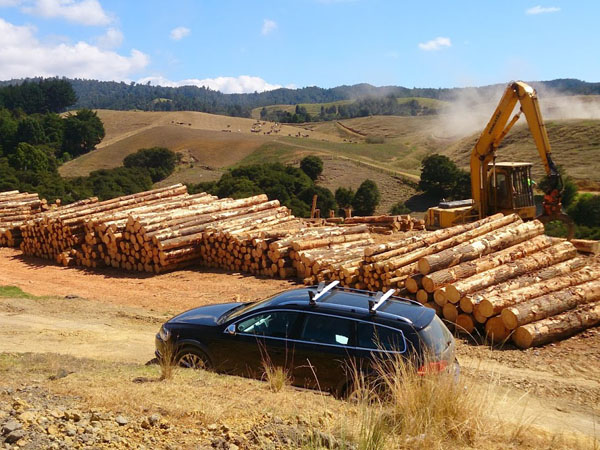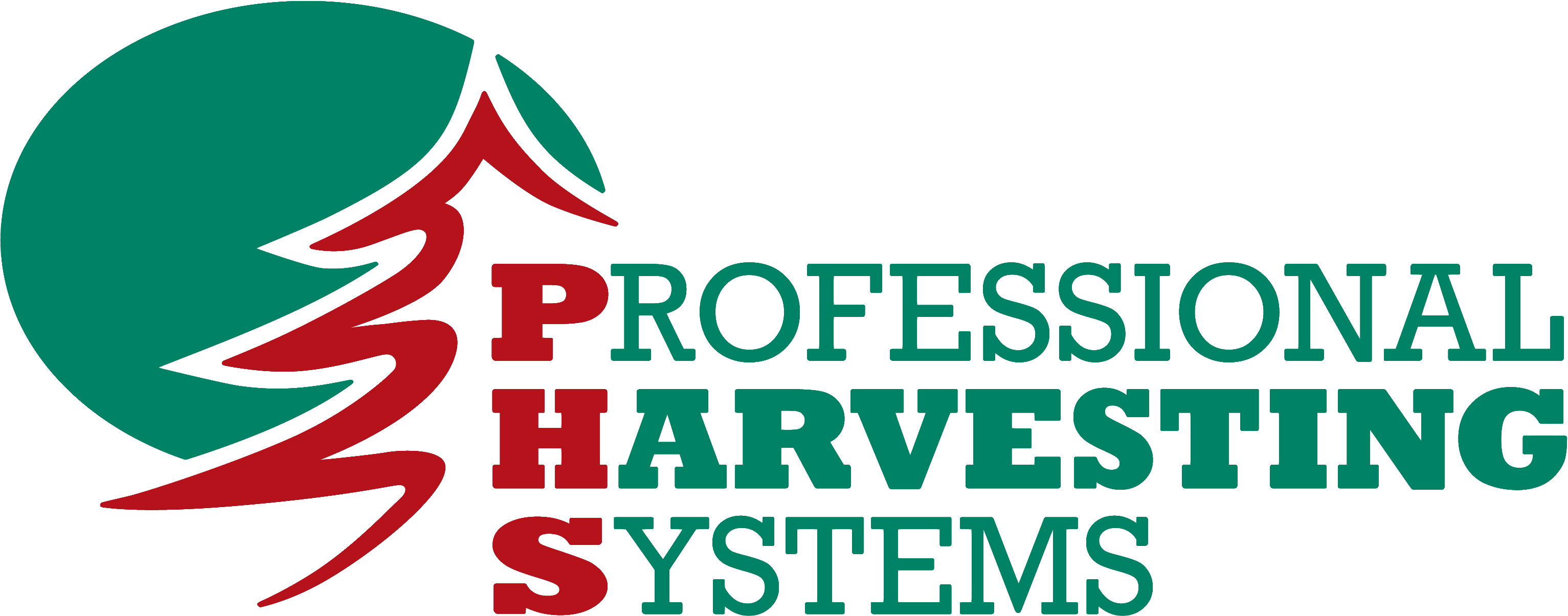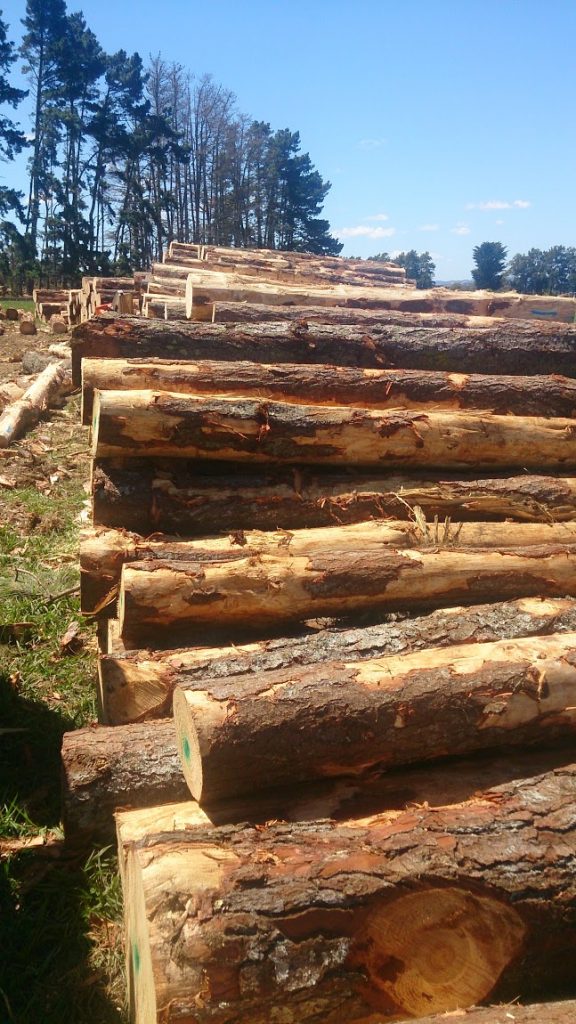- This is where the owner appoints PHS to oversee all aspects of the project on behalf of the owner.
- The owner will receive a written estimate from the management company detailing revenues and costs, as well as an estimate of the bottom line return to the owner.
- The project is very transparent for the owner, with the owner receiving a detailed report of all revenues received and costs incurred from the project.
- The owner pays the management company a fee will be outlined in the beginning and is typically on a $ per tonne figure, or a % of net revenue returned from the project.
- Because it is an open book project, the owner takes on the market risk, and will make more money should the market rise during the operation but conversely may lose revenue should the market fall during harvest. However PHS will always advise of market changes and an option may be to stop the harvest and pick up again when the market does.
- We like to use the managed sale approach mainly because we feel it returns the highest revenues to the forest owner, while allowing the owner to retain a hands-on approach to the operation on their property.


